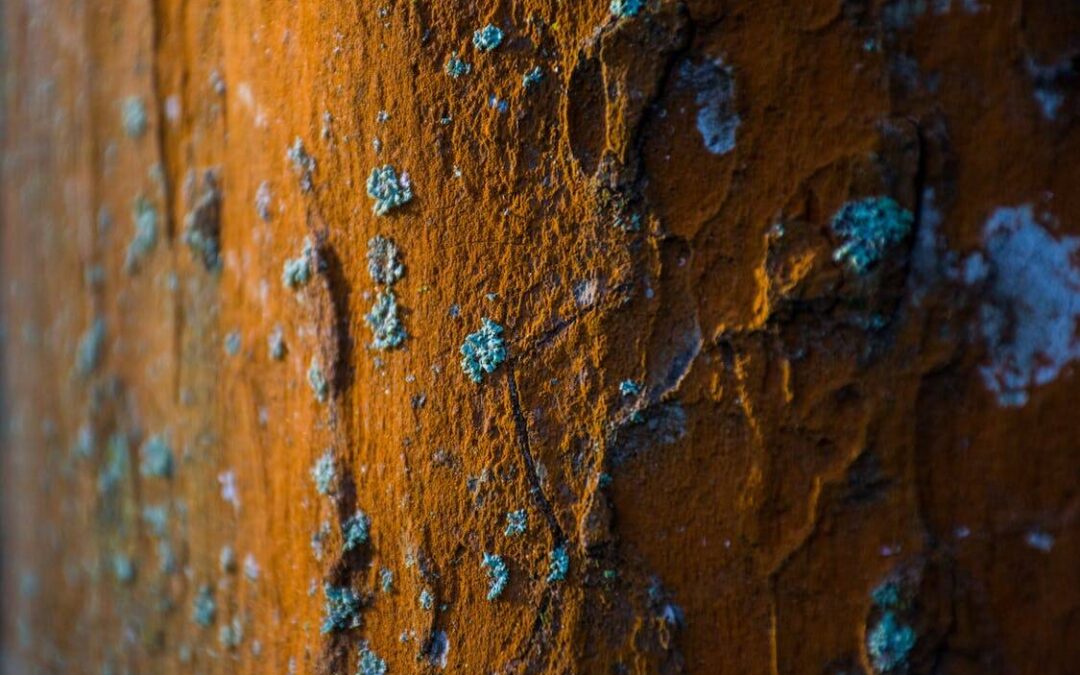Mold growth is a common problem in many California homes, especially in areas with coastal climates or older construction. While California is known for its sunshine, many regions also deal with fluctuating humidity, occasional heavy rains, and water leaks that can create the perfect environment for mold to develop. For homeowners, recognizing what leads to mold growth is the first step toward prevention and long-term protection.
Poor Ventilation and Coastal Moisture
One of the most overlooked contributors to mold is poor ventilation. Many California homes, especially those built decades ago, were not designed with modern airflow in mind. When moisture from daily activities like cooking or showering becomes trapped indoors, it increases the risk of mold in bathrooms, kitchens, and laundry areas. This is especially true in homes located along the coast or in valleys where marine layers and fog frequently linger. In these parts of California, professionals like local San Diego mold remediation services are often called to inspect the affected areas and help eliminate the problem safely.
Leaks in Plumbing and Roofing
Leaky roofs and plumbing issues are another leading cause of mold. A slow drip from a pipe under the sink or a damaged shingle on the roof might seem minor at first but can lead to significant water intrusion over time. When moisture seeps into walls, ceilings, or floors, it creates dark, damp spaces where mold thrives. Many homeowners do not notice these leaks until the damage is visible or the air quality begins to suffer. Early detection is crucial, and regular maintenance checks can help reduce the chance of mold taking hold in hidden areas.
Storms, Flooding, and Poor Drainage
California’s occasional storms and flash floods can also introduce mold into homes, especially those with poor drainage or outdated waterproofing. When water collects around the foundation or enters through doors and windows, it can soak into carpeting, drywall, or wooden structures. These materials retain moisture, which creates a perfect breeding ground for mold spores. Areas affected by flooding should be dried out immediately, and any soaked materials should be inspected or replaced.
HVAC Systems and Hidden Condensation
Another cause of mold that’s often hidden is condensation from HVAC systems. In California, where both heating and air conditioning may be used year-round depending on the region, condensation can build up in ducts and vents. If those areas are not cleaned or checked regularly, they can harbor mold that eventually spreads through the air system. Ensuring that your HVAC system is properly maintained and includes dehumidifying features can help reduce the risk of airborne mold spores.
Building Materials and Age of the Home
Older homes built with materials like wood framing, cellulose insulation, or older drywall are more susceptible to mold growth when exposed to moisture. Many California homes fall into this category, especially those constructed before modern building codes were introduced. Homes that have not undergone major updates in decades are more likely to experience leaks, poor ventilation, and hidden moisture issues.
Taking Preventative Steps
To reduce the chances of mold growth, homeowners should monitor indoor humidity levels, use exhaust fans in bathrooms and kitchens, and repair any leaks quickly. Regularly inspecting attics, basements, and crawl spaces can also help detect mold before it becomes a larger issue. In some cases, a professional inspection can uncover hidden problems and offer targeted solutions.
Final Thoughts
Mold is more than a cosmetic concern. It can affect your health, damage your property, and lower the value of your home if left unaddressed. California homeowners, especially those in regions like San Diego, should remain proactive about preventing mold and addressing moisture issues as soon as they arise. Understanding the most common causes of mold growth is the first step in keeping your home safe, dry, and healthy year-round.

Recent Comments